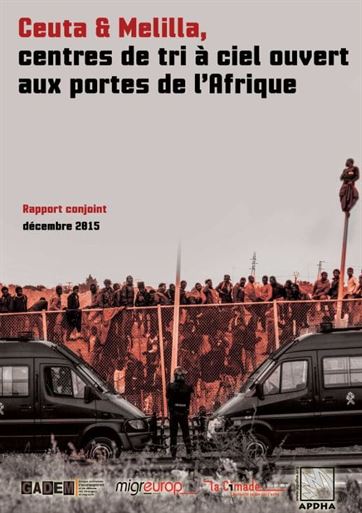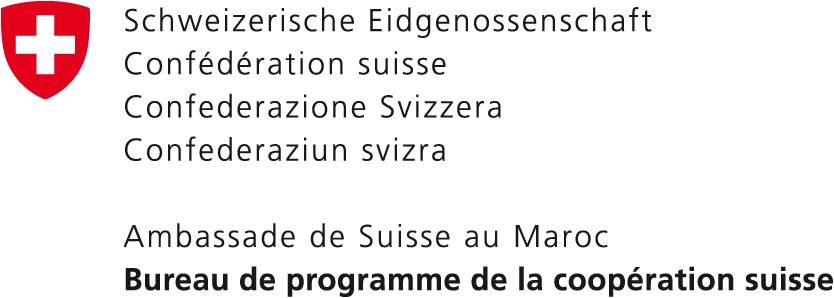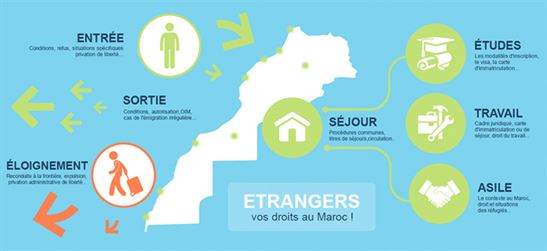Call us : +212 (0)537-770-332

This report was prepared in collaboration with the APDHA (Spain), Cimade (France) and Migreurop (Euro-African network), based on information collected during field missions conducted in 2015 at the Ceuta and Melilla borders.
This publication comes against a backdrop of intensified repression against blacks non-nationals in northern Morocco, which calls into question the efforts made in the new migration policy. Security raids are taking place daily in the Tangier neighborhoods where non-national Blacks live and in the forests around Fnideq and Nador. These often violent operations result in collective arrests followed by forced displacements to the city of Tiznit. Recently, blockades of activities by humanitarian organizations working with people living in forests have also been denounced.
These actions illustrate the “magnificent collaboration” (Jorge Fernandez Diaz, Spanish Minister of the Interior) of the Moroccan authorities with the Spanish authorities in the management of the borders, that analyzes precisely the report. Reinforcement of border control mechanisms, cooperation in “hot-press” from Ceuta and Melilla to Morocco, control of access to Spanish asylum offices open at the borders of the two enclaves: these practices make it possible to block the passage of people from sub-Saharan Africa and regulate that of people from Syria, allowing the Spanish state to make Ceuta and Melilla, sorting areas for immigration candidates, upstream of the European territory.
- Introduction of the report
The occupied enclaves of Ceuta and Melilla, located on the Mediterranean coast of Morocco, form the only Euro-African land borders. In this respect, they have long been areas of particular attention to migration policies aimed at curbing the movement of people to the countries of the European Union (EU).
It was in the early 1990s, that the first people from sub-Saharan Africa tried to go to Europe crossing the border between Morocco and the cities of Ceuta and Melilla. This corresponds to the period of implementation of the policy of generalization of visas and thus of increasing difficulties to go legally on the European territory.
In an attempt to stem these movements, the Spanish State will gradually raise more and more higher barriers, and increase the means of control of this border.
Ten years after the deadly events of Ceuta and Melilla 2005 – where live ammunition on both sides of the border took the lives of at least eleven people attempting to cross the barriers surrounding these enclaves and injured hundreds of others – the area of Melilla-Nador (neighboring Moroccan city) continues to be the scene of permanent violations of the human rights of people in migration, especially of origin Saharan. An area where members of the Moroccan and Spanish law enforcement agencies seem to enjoy impunity in the practical implementation of policies to fight against irregular migration.
In this report are described and analyzed the news, as disturbing as it is emblematic , a more comprehensive orientation that take today EU migration policies, and some of its member states. Policies encouraging the sorting of “good refugees” and “bad migrants”, always favoring the practices of repression, expulsion and confinement to the detriment of welcoming people. In this respect, Ceuta and Melilla are real laboratories for the fight against irregular migration to the EU.
This report aims to better understand the bilateral cooperation between Spain and Morocco in the management of the Euro-African border. It also intends to analyze the ways in which the EU and its member states make the outsourcing of border control in Morocco sustainable. It also tries to show the central role of the Spanish enclaves in the policies of sorting candidates for immigration to Europe. Finally, throughout the report, the aim is to highlight the consequences for the people targeted by these policies.
Download the Ceuta and Melilia Joint Report open-air sorting centers at the gates of Africa 2015








